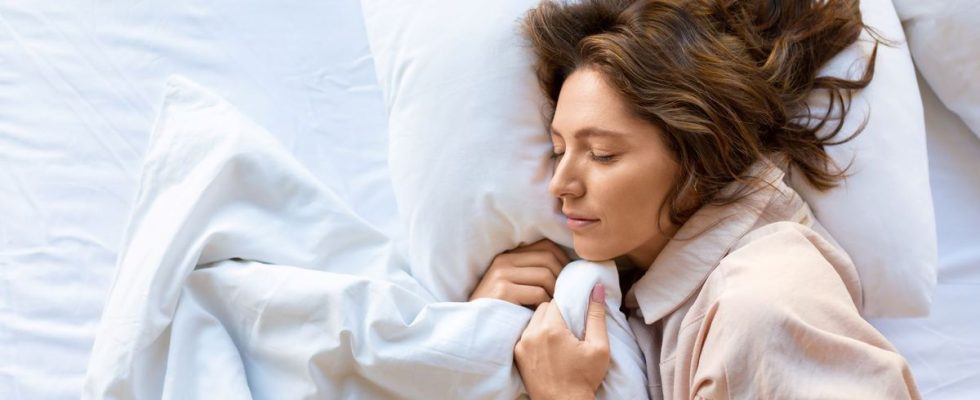Published on
Updated
Reading 2 min.
A new American study analyzed the way Americans sleep. It classifies them into four categories and determines those likely to develop a pathology such as diabetes or depression. Explanations.
What are the links between our sleep habits and the risk of developing this or that pathology? This is the question asked by scientists from the College of Health and Human Development at Penn State, in the United States. And here are their conclusions.
Scientists classified participants into four groups of sleepers
For this work, the researchers followed a group of nearly 3,700 volunteers aged around forty for almost a decade (between 2004 and 2014) and were particularly interested in their sleeping habits. Participants were asked to evaluate their own sleep and determine changes over time. From this data, the experts were able to determine four sleeper profiles:
- Good sleepers;
- Weekend sleepers;
- The insomniacs ;
- and siesta lovers.
How we sleep says a lot about us
In the first group, the volunteers explain that they sleep for a long time and benefit from quality sleep, which allows them to feel satisfied with their nights and to be alert during the day.
The second group is made up of people who sleep little during the week and make up for lost sleep on weekends.
In the third group, these are people who have difficulty falling asleep and who have shorter nights than others. They are also less satisfied with their nights and say they are tired during the day.
Finally, the last group includes nap enthusiasts, who have chaotic sleep, which they make up for by sleeping during the day.
What are the risks of developing a pathology, depending on the quality of your sleep?
By studying the different groups, researchers found that insomniacs had a 28 to 81 percent increased risk of heart disease, diabetes and depression compared to good sleepers.
Napping enthusiasts have a 128% increased risk of diabetes, again compared to good sleepers. However, scientists qualify this figure by explaining that the frequency of naps increases with age, as does the risk of diabetes.
Certain environmental factors play a role in sleep quality
According to the study’s lead author, Dr. Soomi Lee, director of the Sleep, Stress and Health Laboratory at Penn State, environmental factors can influence an individual’s sleep quality.
“Unemployed people and people in lower socio-professional categories are most likely to have insomnia, e.g.” she explains. “Additionally, our results suggest that it is difficult to change sleep habits because they are integrated into a more overall lifestyle“.
According to the specialist, it is necessary “to better educate the general public on the importance of good sleep and the good behaviors to adopt to achieve this, such as not using your cell phone in bed, before going to bed, do physical exercise regularly and avoid caffeine late in the afternoon”.
